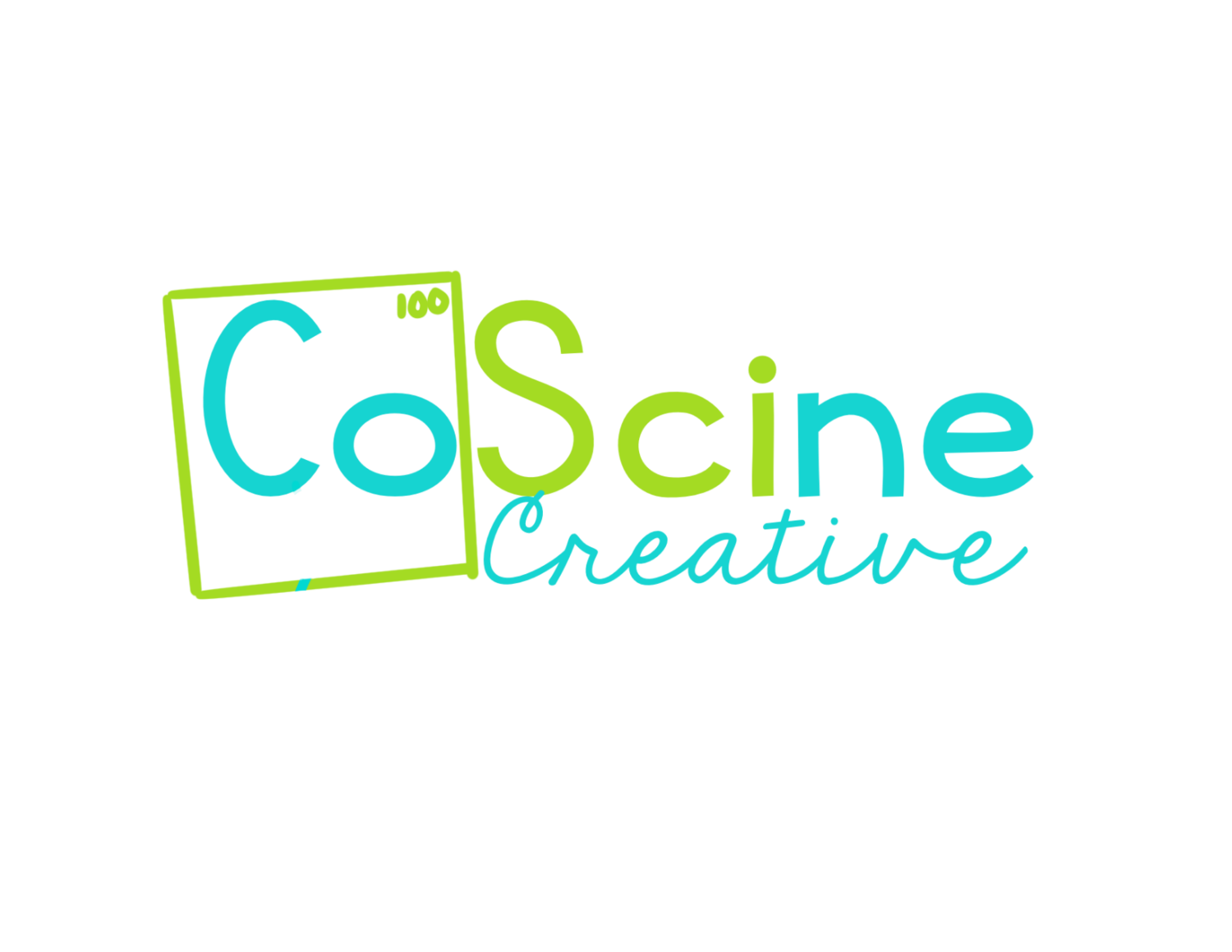How to Use Color to Teach Chemistry
Do your students know the basic "chemistry language" when they start the class? Mine don't.
When you teach biology or anatomy or physics students already have a basic working knowledge of plants, and bones, and gravity. But chemistry is built on a table that they don't know and a lot of concepts they've never heard of that they need to master fairly quickly. This is why I color code as much as I can.
(This post might not apply to UK, NZ, and AU teachers since your curriculum is structured differently.)
Color Lays the Foundation for Recall
In the very beginning of my chemistry class I lay the foundation for color memory associations with cations and anions so that formula writing and bonding will be easier for my students. In my class, cations are always blue and anions are always yellow. I show them with this cation anion printable worksheet. Sometimes I give them a blank one, and have them color it themselves, but a lot of the time I just hand it out colored and let them keep it for their reference.
Reinforce Learning with Color
So, at this point they understand cations and anions, where they come from, where they are located on the periodic table, and that it is important to know the difference between the two.
Then, I send them home with a coloring activity. I like this because it is easy to grade and reinforces the color memory associate that will make learning the next chapter easier! This coloring activity is one page and has them color all the cations blue and all the anions yellow. Then, I have them write in all the charges on the cations and anions. This way the students are building on the idea that cations are positive, and have numerical charges. The same goes for anions.
Use Color to Build Concepts
A little later in the course we start to cover writing chemical formulas. I hand out a simple looking sheet with all these chemical formulas on it. All they have to do is color the cations blue and the anions yellow. I give them about 10 minutes to do that. After 10 minutes is up I ask them if they notice anything about the pattern within the chemical compounds. They usually are quick to say something like, "The first element is always blue, and the second element is always yellow."
Then I explain that when they write their compounds usually the cation will be first. If I happen to be teaching an honors, AP, or college intro class, I will gloss over the basics about electronegativity.
Use Color to Build More Concepts
Next I teach them about balancing charges within chemical formulas. I give them this worksheet that has a name of a chemical formula. Then, they go through draw a cation labeled with the element and charge. Then they draw an anion labeled with the element in charge. The next block asks them if they add up the charges, would it equal zero. They write yes or no AND show the math to prove it. The last block has them draw out the chemical compound. I find this really helps them SEE why we need to do this. Because like you, I GET TIRED OF ANSWERING WHY DO I NEED TO KNOW THIS. Moving on...
At this point you are probably wondering if we do anything besides color in my class and the answer is yes! Haha. I do a lot of other activities in class but I like to include quick coloring activities to draw attention, cement ideas a certain way, and make learning easier. So, once students have those foundations down, I have them do a higher level worksheet like this or this.
I hope this helped explain a few of my products. A lot of these links are paid links, but as always you can join my email list for more regular freebies.




